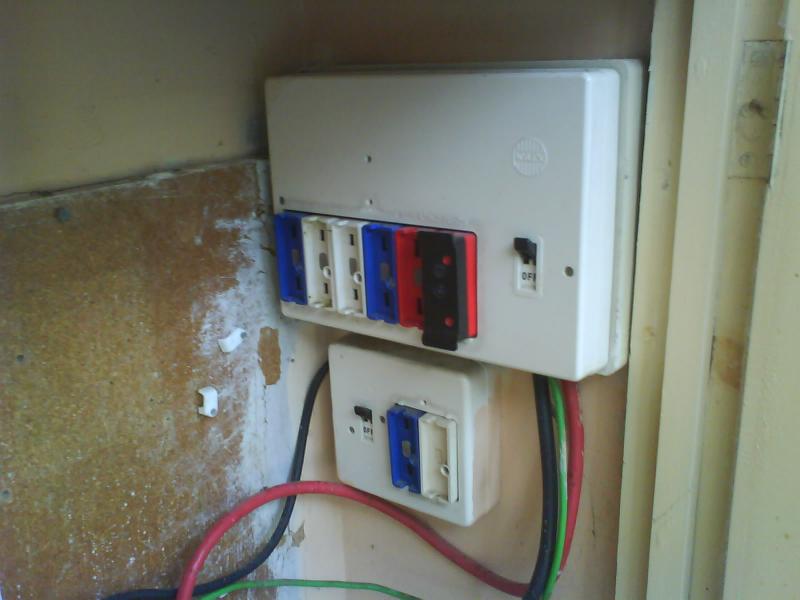Ah, that would have been another post. However, as this work in the kitchen is probably notifiable, I'll talk to my LABC about also replacing the CU and adding another ring.No one seems to have mentioned RCD protection yet, for the sockets and concealed cables.....
I already have the much larger lounge ceiling down, so dropping the 9.5mm plasterboard kitchen ceiling won't be much more of a problem. Then I can really get at the cables.


